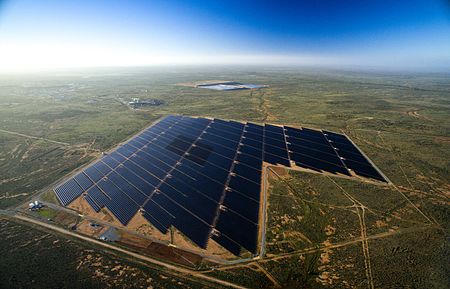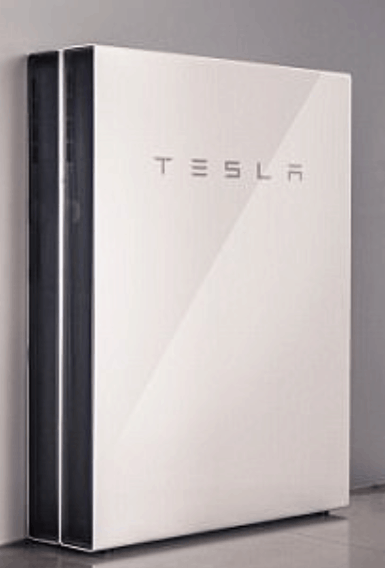Premier Jay Weatherill has announced $100m for solar loans in South Australia. Up to 10,000 South Australian homeowners will be able to access up to $10,000 for loans for solar panels, batteries, or both. The loans will be interest free for the first 7 years. At the same time, German company sonnen has announced it will relocate its Australian headquarters from Sydney to Adelaide – we’ll report more on that next week.
Solar Loans in South Australia

Yesterday the Labor party made the announcement that they will offer these solar loans for private homes – with Premier Weatherill discussing the ramifications of the plan in a press conference:
“It’s going to slash bills, we’ve already seen that with our virtual power station, modelling demonstrates a 30 per cent reduction in energy power,” he said.
“We’ve seen from the national regulator that renewable energy projects are projected to reduce energy bills by $300 over the next two years, so it’s just beginning to happen.”
The Liberal party already announced a very similar policy last October so it looks like there’ll be a good result for renewables no matter who wins – it’s a little surprising to see Premier Weatherill offer something so similar when he has been such a champion of renewable energy for so long. Regardless, it’s a great scheme and one which will have a good result either way – South Australia continues to lead the charges with regards to renewables in Australia.
According to the ABC, opposition leader Steven Marshall said their $100m plan was to provide grants of $2,500 per household for 40,000 dwellings – so less money, but for more properties. Mr Marshall argued that 10,000 households was not enough to ‘shift the dial’ with regards to ballooning energy prices:
“The reality is 10,000 is not going to shift the dial in South Australia in terms of prices, unlike the Liberal Party which has put our policy up for independent scrutiny and we know that prices will come down under the Liberal Party’s energy policy,” Mr Marshall said.
“We’ve put our plan out for independent evaluation.
“Labor still hasn’t provided any indication whether this is going to bring down energy prices in South Australia for any more than just the 10,000 people it’s talking about.”
Back in October last year the Liberal party said their plan will save $300 per household per annum, but later admitted their modelling was inaccurate and the savings will be around $70 and won’t start until 2022. To achieve that figure of $300 a $500m-$700m interconnecter to New South Wales would need to be connected by 2021.
No word on specific savings with regards to Labor’s plan so for the time being voters will need to decide whether $2,500 for 40,000 houses or $10,000 for 10,000 houses is going to have a better effect on energy prices and stability. No doubt we’ll have more information on this as election time draws nearer!



